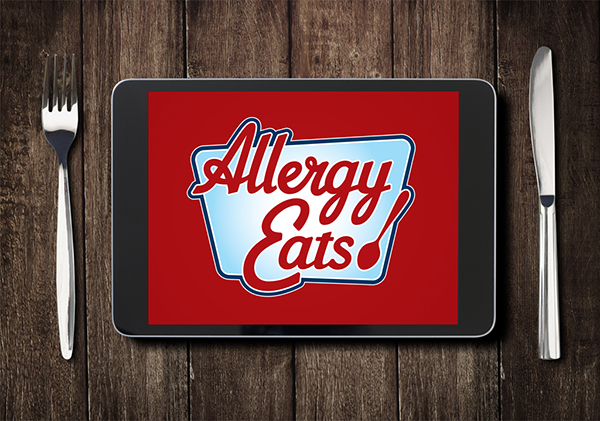What Basic Tips Do YOU Want To Share With Restaurants?
Wouldn’t it be great if every restaurant in the world was totally allergy-friendly? Can you imagine if every time you stepped into a new restaurant you felt like they could accommodate food-allergic diners as well as the “Gold Standard” Disney World does?
Well, that’s obviously not our reality. Our community of food-allergic diners can’t just go into any restaurant, sit down, and order off the menu like other guests. We have to seek out that subset of restaurants that are allergy-friendly – whether via AllergyEats, Facebook pages, online or offline support groups, word-of-mouth… whatever.
On the positive side, the trend is clearly our friend. More and more restaurants are starting to understand the importance of catering to our food allergy community. The number of restaurants going through some form of external training program, implementing internal training, and making the safety of food-allergic diners a priority is clearly on the rise. By now, most of us have a few “go to” restaurants near us that we’re relatively comfortable can accommodate our special dietary requirements.
But even these restaurants can at times frustrate us. While our #1 priority is of course safety, and we are generally thrilled to have restaurants we feel will properly accommodate us, it’s natural that we would still wish the accommodations went a little further.
What do I mean? I’ll give you two examples.
I wish one of my family’s favorite “go to” restaurants would keep dairy-free rolls on-hand (usually, these are gluten-free as well). It’s not that big a deal and certainly not a reason we wouldn’t go to this restaurant, but when they put rolls on the table, I do wish they had an option for my middle son who has a dairy allergy (besides the boring oyster crackers he usually gets as a replacement). I don’t think a small supply of dairy-free and/or gluten-free rolls would take up much space in the kitchen, yet they could make many diners happy (I know at least one). Many other restaurants carry them. They aren’t hard to find.
And how about dessert? Desserts are loaded with “trigger foods” for many with food allergies – nuts, egg, dairy, etc. Sometimes I wish the restaurants we go to most often would keep prepackaged safe “treats” on hand (kids don’t need fancy desserts to be happy). Disney World does this. And again, the space needed would be small. It seems like a relatively little detail – and in fact, it is – but being able to eat dessert at the restaurants we patronize would be a big “win” for food-allergic children like mine. (Not to mention that the restaurants would benefit too as the rest of us would order their more expensive, high profit, desserts!)
You get the idea?
So I thought it would be interesting and helpful for restaurateurs if we put together a list of the “little things” we would love to see restaurants consider. The list should NOT include things like “train your employees” or “put processes in place to prevent cross-contamination,” etc. Those are the big issues that need to be tackled separately. What I’m looking for here are the little “favors” that would make us love our favorite restaurants even more.
This is YOUR blog entry. This is YOUR list of the “little things” you want restaurateurs to consider to make your dining out experiences even more enjoyable. For it to be effective, we need as many opinions as possible. They can be related to the front of the house (where we’re seated and served) or the back of the house (kitchen, supplies, etc.). They can be related to food or procedures. And definitely feel free to repeat ideas that were already stated! This information will be even more useful for restaurateurs when we see which suggestions are the most popular. And yes, we plan on sharing these tips broadly.
(I know a lot of you like to respond on Facebook – and I’m happy to have your responses anywhere! – but please consider sharing more of them here this time.)
So GO! What “little tips” would you like to offer restaurateurs? Please answer in the Reply box below.
And after you’re done with this, please remember to rate any restaurants you’ve dined at recently on our core AllergyEats website or app. Every time you add a rating, AllergyEats becomes a more valuable tool for our entire food allergy and intolerance community!


Comments